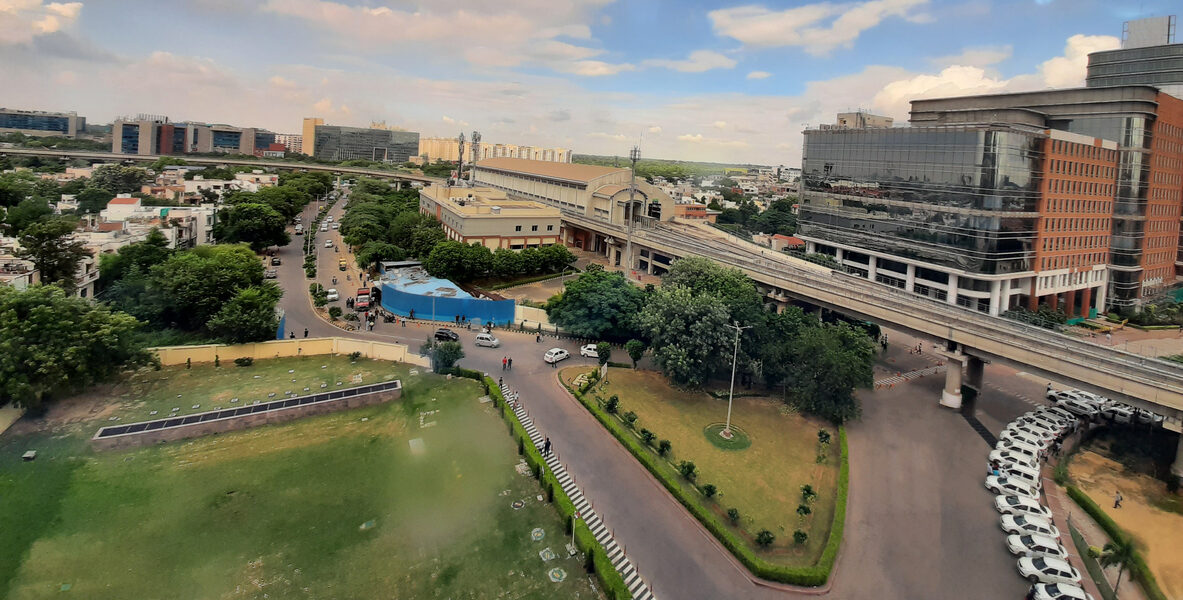How Can Tier-2 Cities Become the Next Frontier for India’s GCCs
India now stands at the forefront of global enterprise strategy for multinational corporations, hosting 174 of the Fortune 500 companies‘ Global Capability Centres (GCCs) employing nearly a million professionals. Yet, while the country’s major cities like Bengaluru, Hyderabad, NCR, and Chennai continue to dominate the landscape, tier-2 and tier-3 cities still have a lot of catching up to do to drive the next phase of GCC growth.
At a recent CII-GCC Summit held in New Delhi, KK Singh, Joint Secretary at the Ministry of Electronics and Information Technology (MeitY), acknowledged the concentration of GCCs in the key hubs, noting that approximately 95% are located in just six major cities. He emphasised that expanding this base is essential for greater inclusiveness but the challenge lies in extending it to tier-2 cities.
However, there are signs of a gradual shift. According to real estate consultancy Vestian, the share of GCCs in smaller cities has inched up from 5% in 2019 to 7% in 2024, with emerging destinations like Ahmedabad, Bhubaneswar, Vizag, Jaipur, Indore, Trivandrum, and Coimbatore gaining traction.
Industry experts say that key factors for large corporations to set up GCCs in tier 2 and 3 markets are cost optimisation, lower real estate costs, talent availability and retention, and lesser operational overheads which enables reinvestment in the business. Additionally, favorable government policies encourage growth in these hubs.
According to a Quess Corp report, tier-1 cities will continue to house high-priority, innovation-led mandates, while tier-2 and tier-3 hubs will scale rapidly for cost-sensitive, modular, or support-driven roles. “As the GCC ecosystem matures, sustained investments in skilling, academic linkages, and anchor GCC setups in tier-2 cities will be crucial to converting them from satellite delivery zones into next-gen capability hubs,” added the report.
In the first quarter of FY26, these cities demonstrated strong hiring momentum and increasingly featured in location strategies for digital and support functions. Among tier-2 cities, Coimbatore led the GCC growth market, followed by Kochi and Ahmedabad. In terms of talent availability, Coimbatore offers a strong pool for finance and accounting shared services and digital engineering; Kochi specialises in cloud and cybersecurity support, as well as BFSI middle-office roles; while Ahmedabad provides capabilities in embedded and data engineering pods, along with customer experience (CX) analytics.
However, tier-2 locations faced constraints in the availability of mid-to-senior-level talent and niche skill sets.
Approximately 50% of mid-to-senior-level advanced role mandates in tier-2 hubs were re-routed to tier-1 cities during the first quarter of FY26, according to the Quess report. “Tier-2 cities are still struggling to meet the depth requirements of advanced digital roles, such as full-stack DevOps, GenAI engineering, and cybersecurity,” it noted.
Expansion into tier-2 and tier-3 cities is a calculated move to unlock new value, enhance resilience, and tap into deeper talent reserves. While the journey involves ongoing development, data indicates a promising future for GCCs in the country’s emerging hubs.


















